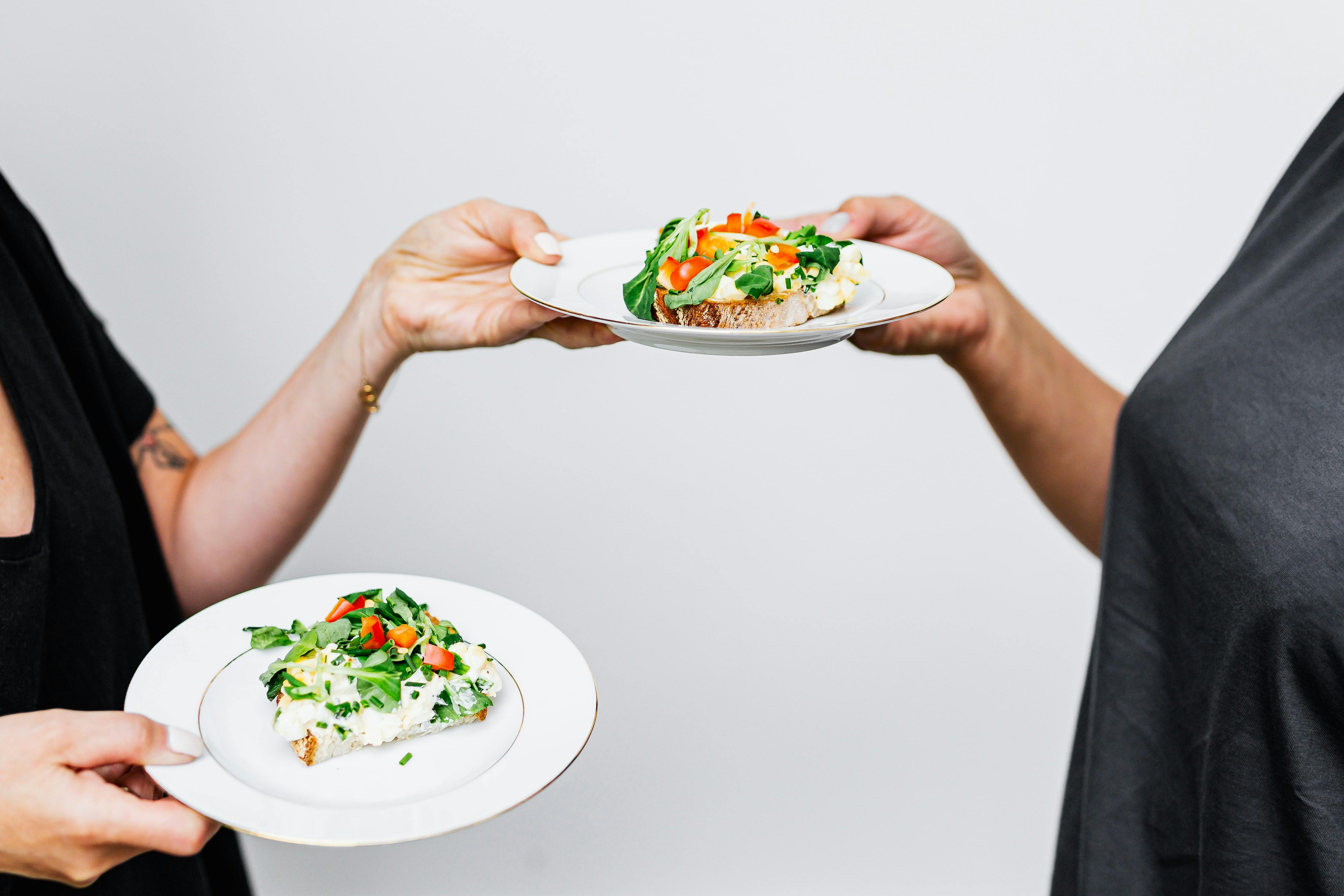Apply Now
Top 5 Practical Ways to Optimize Your Warfarin Diet in 2025
Maintaining a warfarin diet is crucial for individuals on anticoagulant therapy. The right dietary choices can significantly influence warfarin's effectiveness while minimizing potential side effects. As we enter 2025, optimizing your diet requires an understanding of warfarin food interactions, particularly concerning vitamin K. With adjustments to daily food choices and mindful meal planning, patients can support their health goals while ensuring stable INR levels. In this article, we'll explore five practical ways to optimize your warfarin diet, including specific nutrition tips, meal preparation strategies, and the importance of maintaining consistency with your dietary choices.
1. Understand the Role of Vitamin K
One of the primary dietary considerations for those taking warfarin relates to vitamin K intake. Vitamin K is known for its role in blood clotting, making it critical to keep intake stable.
Daily Vitamin K Intake
Monitoring daily vitamin K intake is essential. Foods high in vitamin K, such as leafy greens (kale, spinach, and broccoli), should be consumed in consistent amounts. Instead of eliminating these nutrient-rich foods, aim for balance. For example, include a set serving size each week to maintain dietary consistency.
Low Vitamin K Foods
Conversely, opting for low vitamin K foods can be an effective strategy for warfarin users. Foods such as bananas, apples, and rice are excellent choices that provide essential nutrients without affecting INR levels. Incorporating these foods can also help in meal planning and ensure a balanced diet that complements your anticoagulant regimen.
Herbal Supplements and Warfarin
It’s also important to note that certain herbal supplements can interact negatively with warfarin. For instance, some herbal teas might contain vitamin K or other substances that can influence INR. Consulting with a healthcare provider when considering new dietary supplements is vital to prevent adverse effects.
2. Meal Planning for Stability
With an understanding of vitamin K in place, the next step is creating a structured meal plan that promotes stability in managing your diet with warfarin.
Warfarin Meal Planning Guidelines
Start by mapping out meals for the week, integrating both high and low vitamin K options. This consistent meal prep can help like
this example, making you aware of your daily intake and preventing unintentional spikes or drops in vitamin K consumption.
Grocery Shopping Tips
When grocery shopping, read labels carefully to identify hidden sources of vitamin K in processed foods. Stick to a shopping list focused on fresh produce, lean proteins, and whole grains to support both a heart-healthy lifestyle and your medication requirements.
Creating a Food Diary
Maintaining a food diary is an effective way for warfarin patients to track their eating habits and monitor how foods influence their INR levels. This useful tool can provide insights on the relationship between specific meals and your response to warfarin therapy.
3. Balancing Foods with Anticoagulant Therapy
Maintaining a balance between your food choices and anticoagulant therapy is key to managing your health effectively.
Managing Food Interactions
Research suggests that certain food interactions with warfarin can lead to fluctuations in INR levels. For instance, grapefruit can alter the metabolism of warfarin. Understanding and managing these food interactions are vital for stable anticoagulant therapy.
Hydration for Warfarin Patients
Adequate hydration is another critical aspect of managing your warfarin diet. Proper hydration can help maintain the viscosity of your blood and can be especially beneficial in preventing dehydration-related complications, which may influence warfarin's effect.
Mindful Eating and Stress Management
Incorporating mindful eating practices can significantly enhance emotional well-being while managing your diet. By being present during meals, patients can cultivate better relationships with their food, thereby reducing the likelihood of stress-induced dietary choices that may not align with their anticoagulant needs.
4. Exploring Cooking Tips for Warfarin Diet
Cooking methods can also enhance the nutritional quality of your meals while remaining compliant with dietary restrictions related to warfarin.
Cooking Methods Optimal for Warfarin
Steaming, grilling, or baking foods can retain essential nutrients while minimizing unhealthy fats. For example, preparing vegetables by lightly steaming retains their vitamin K content without making them overly rich.
Recipe Ideas for Warfarin Patients
Focusing on recipes that accommodate a warfarin diet can make meal preparation more straightforward. Consider incorporating dishes like stir-fried quinoa with low vitamin K vegetables or grilled chicken seasoned with herbs rather than relying on high-fat sauces.
Substitutions and Modifications
Lastly, being familiar with substitutions can significantly impact your meal planning. For example, using olive oil instead of butter can be beneficial for heart health and aligns with warfarin dietary guidelines.
5. Engaging in Community Support for Diet Management
Engaging with community support groups can provide additional resources and shared experiences for warfarin patients managing their diets.
Warfarin Support Group Benefits
Connecting with others also on anticoagulant therapy can lend valuable insights into meal planning, which foods have worked for them, and ongoing support in times of uncertainty concerning dietary guidelines.
Educational Resources and Services
Utilizing available resources like meal prep services specifically designed for warfarin users can ease the burden of grocery shopping and meal preparation. Additionally, many dietitians specialize in anticoagulation management, offering personalized consultations to optimize your diet.
Emergency Plans for Warfarin Patients
Lastly, having an emergency plan in place in case of dietary indiscretions—such as unexpected high vitamin K intake—is vital. This plan could include steps to take if you accidentally consume incompatible foods, helping to prevent severe INR fluctuations.
In conclusion, optimizing your warfarin diet in 2025 revolves around understanding vitamin K, meal planning adherence, engaging in community support, and utilizing effective cooking methods. By exploring these practical strategies, patients can work towards maintaining stable INR levels while promoting overall health and well-being.
